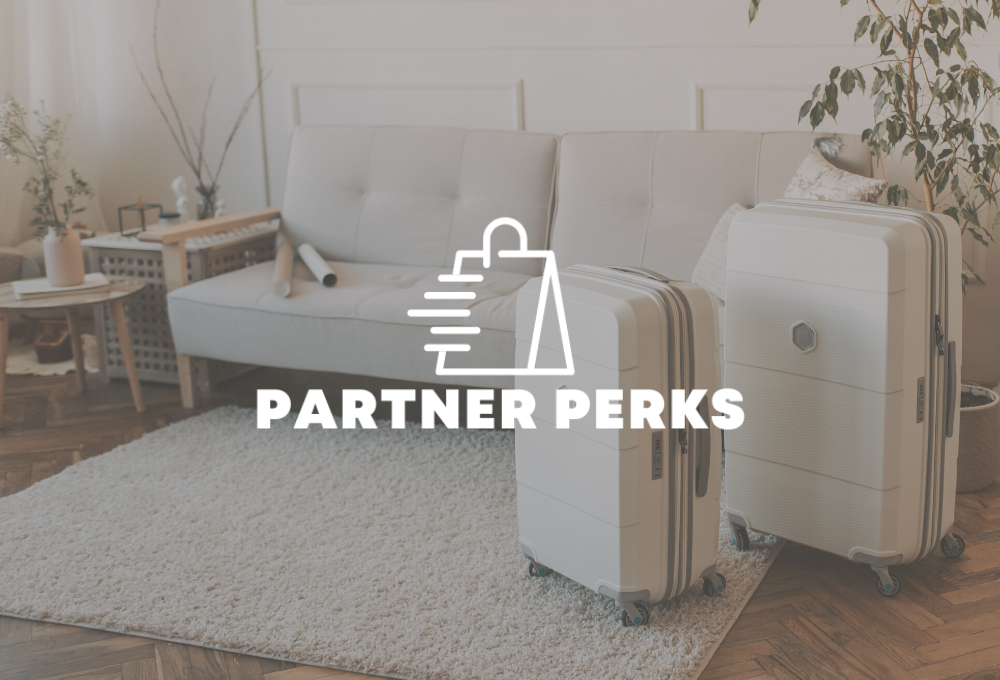Overview
We spend a lot of time advocating credit cards. From travel cards built to fly you around the globe for free to simpler products designed to supercharge your cashback, we think credit cards are an amazing tool.
But, as you should know, there’s a darker side to credit cards.
When not used responsibly or in the wrong hands, they can lead to overwhelming levels of debt. We do our best to make sure you don’t fall into those traps, but it happens. In fact, the average American has around $7,000 of credit card debt.
If you’re in that figure—or worse—don’t panic. There are ways to deal with it. It just requires some patience and discipline. To help, we’re going to walk you through the best ways to manage your debt and put yourself back in the clear.
Assess Your Debt
Before taking any further steps (or racking up more debt), it’s vital to take a step back and assess your situation. Consider how much you have, how you accrued it, why you haven’t paid it off yet, and where you have the debt.
One of the biggest issues faced by those in debt is a self-inflicted sense of denial. Many people don’t check balances because they know what’s there, but avoidance doesn’t help. Accepting the debt is there and grasping how you built the habit is the first step to fixing things.
It’s important to remember that everyone has different reasons for finding themselves in debt. On one side of of the spectrum, unfortunate circumstances like hefty medical bills or a sudden job loss may have forced your hand. At the other end, irresponsible or negligent card usage may be the culprit. If you find yourself in the latter group, it’s pivotal that you start to correct those habits.
Ask yourself these questions:
- How much debt do I have?
- How did I get into debt?
- Why haven’t I been paying it off monthly?
- What are the interest rates on the debt?
- How much money do I have coming in?
Knowing the answer to these helps you build a plan moving forward.
Build a Plan
Tackling debt doesn’t have a one-size-fits-all approach. There are different ways to deal with it that will be more successful than others. But in general, you should have two priorities:
- Paying it down as quickly as possible
- Paying the least amount of interest
Beyond that, a third priority should be avoiding falling into the same situation again.
Non-negotiables
Whatever your plan looks like, there are some things you need to do to mitigate any further damage. Most are habits that should be applied until you’re free and clear, while others should become a part of your basic financial strategy.
Set-Up Automatic Payments
At the very least, automate your monthly payments to the minimum payment. This ensures you won’t default on any payment and see your credit score drop any further. If you know you can pay more, set it to a higher rate. If you’ve managed to claw your way out of debt, consider setting it to pay off the entire statement balance.
To be clear, you’ll need to pay more than this to get yourself out of a tough spot. But it’s a good failsafe to stop things from getting worse and a good habit for the future.
Stop Using Your Credit Cards
If you’re already in debt and need to change your habits, it’s a good idea to stop using your credit cards for a while. One major psychological barrier faced by some in debt is an inability to separate the concepts of credit and cash. In short, many view having a credit card with a $15,000 limit as having that money in their pocket. Unfortunately, that’s not how it works.
Opting to use your debit card or physical cash and seeing the balance decrease is a good way to reset your financial awareness. It’ll let you see how much you’re really spending and how much you can realistically afford to pay into your debt each month. Once you’re in a better place, start using credit cards again, but treat them like cash and never go beyond your spending abilities.
Reduce Your Expenses
If you’re in heavy debt, it’s time to set priorities. Do you need that $6 coffee every morning? Cutting that out five days a week leaves you with an extra $1,560 a year. Eating out too much? Start cooking. It’s easy to spend. But the debt clearance process is accelerated drastically when you alter your habits to enhance it. It might mean fewer trips, nights out, or luxuries, but change is required to fix things. Take a hard look at yourself, and get disciplined.
Strategies for Tackling Debt
There are many ways to tackle debt, and the best option for you will depend on your unique situation. Those with a higher income can be more aggressive, while others may need a little more nuance and patience. Here are some strategies to consider—remember, some of these can be used in tandem.
The Simple Month-to-Month Strategy
Those who don’t have a mountain of debt and have a decent, stable income can simplify things and pick a number that will get rid of the debt within a certain period. For example, if you have decent savings and over $1,000 of income left after your expenses each month, you could effectively pay down $6,000 of debt within six months or just over, depending on the interest.
Set up monthly payments, avoid using the card anymore, and be disciplined in your spending to ensure you do it quickly. The longer it takes, the less beneficial this method becomes.
If you don’t have the luxury of affording a big monthly payment or a decent savings account, this may not be the option for you. To do the same thing would mean dragging your payments out across a long period of time. In that case, one of the following options will be better.
The Snowball Strategy
The snowball approach is a useful, longer-term approach for tackling debt. If your debt is spread across multiple accounts, organize them from highest to lowest debt, and hone in on the lowest. Set a minimum payment on each of the accounts and pay whatever extra you can afford into the lowest account until it’s gone.
Once that’s cleared, add the minimum payment from that account to the second lowest and repeat. For example, if the minimum payment is $100 for your lowest account and $100 for your second lowest, once the first account is done, you’ll now pay at least $200 a month into the second lowest plus whatever else you can afford. The monthly outgoings will remain the same, but you’ll increase the individual payments on each account gradually. It’s a good psychological strategy, as it gives a sense of accomplishment as you clear each debt.
Again, just make sure you’re not countering your own efforts by adding to the debt elsewhere or paying more than you can afford.
The Avalanche Strategy
The avalanche strategy operates using a similar debt ranking system. But instead of focusing on debt, we focus on interest rates. In this case, we’d use the same minimum payments across all of our accounts and pay more on the account with the highest interest rate. Once that’s paid off, move on to the next highest interest rate, and so on.
This method is usually the most cost-effective of the snow-centered strategies, as it helps reduce the amount you’re paying overall. The frustration here may come from whether or not the account you’re focusing on has a higher or lower balance than the others. The psychological benefits may not be as profound as the snowball method. But if you’re up to the challenge, this is a good shout.
Debt Consolidation
Debt consolidation is an excellent idea for many people in debt. But we’ll preface this with a warning: it can also lead to even more debt if you’re not responsible enough to show financial restraint.
There are several forms of debt consolidation, but they all share the same primary goal—lowering interest and monthly payments, making it easier to chip away at your debt. It’s a good idea for anyone struggling to keep up with monthly payments across multiple accounts or for those being dragged back to square one by brutal interest rates.
0% Balance Transfer Cards
One of the simplest consolidation options is using a 0% balance transfer card. These are credit cards specifically designed to absorb the debt from your other accounts and offer a period of little to no interest. The length of time can vary, but it’s not uncommon to see between 12 and 15 months, with some cards going all the way to 21 months.
In effect, this gives the cardholder a year or more to pay down their debt without the added burden of interest. It’s an excellent opportunity to go hard on your debt repayment and avoid the frustration of seeing your work nullified by rough rates. It’s also a huge help to those with less income, as multiple monthly payments become only one more affordable method. It may take longer, but can save money and offer a route for many who would have otherwise struggled.
When used properly, these are amazing. But they’re often misused. Customers open the card and see their card balances disappear. Psychologically, it feels like a clean slate, and the 0% APR feels like a get out of jail free card. It instills a feeling of “I can pay more next month” that can snowball over time. Suddenly, a year goes by, the debt isn’t gone, and the cards you cleared have debt on them again.
Use this method, but use it with discipline and a commitment to paying the debt. It’s important to note that good credit is generally needed for these cards, and many have limits on how much can be transferred, so those with heavy debt may not be able to take advantage.
Personal Loans
Personal loans work in a similar manner to the 0% APR balance transfer cards. While some 0% APR personal loans do exist, it’s more common to see some form of interest. With that in mind, it may seem odd why anyone would bother with a loan.
The simple answer is that, as alluded to earlier, many people are not eligible for a balance transfer card. Personal loans are generally more accessible and offer larger sums with fixed lengths. It’s important to make sure the interest rate offered is considerably lower than whatever you’re paying on your credit card and that you can afford the payment. Shop around until you find the one that makes the most sense.
Debt Settlement, Negotiation, and Bankruptcy
If dealing with your credit using any of the methods mentioned isn’t possible, it may be time to look at more drastic action. It’s best to first approach the bank or issuer to whom you owe debt. Negotiating with them can sometimes lead to a reduction in fees or an agreed-upon plan to help get the debt cleared. There is no guarantee, however, and it’s not something you should rely on as a strategy.
The same goes for debt settlement. Typically, customers will use a third party to negotiate with the banks on their behalf. Using these companies isn’t free, though, and there are no guaranteed outcomes so don’t walk into the situation too confident.
Bankruptcy is a last resort for those who find themselves cornered. The complexities of bankruptcy would require an entire article, so we won’t dive in too deep here. But it should be fairly clear that wiping out debt in this way, whether it’s Chapter 7 or 13, has ramifications that can linger on for years. It’s not something to do without professional consultation.
The Point
Getting out of debt is tough. But there are many ways to start the climb to a debt-free life. At its core, discipline, self-awareness, and smart strategy will always prevail.
Find your credit score for free
Credit scores used to be out of reach for most people. Credit Karma decided that wasn’t right, so they made them free for everyone.



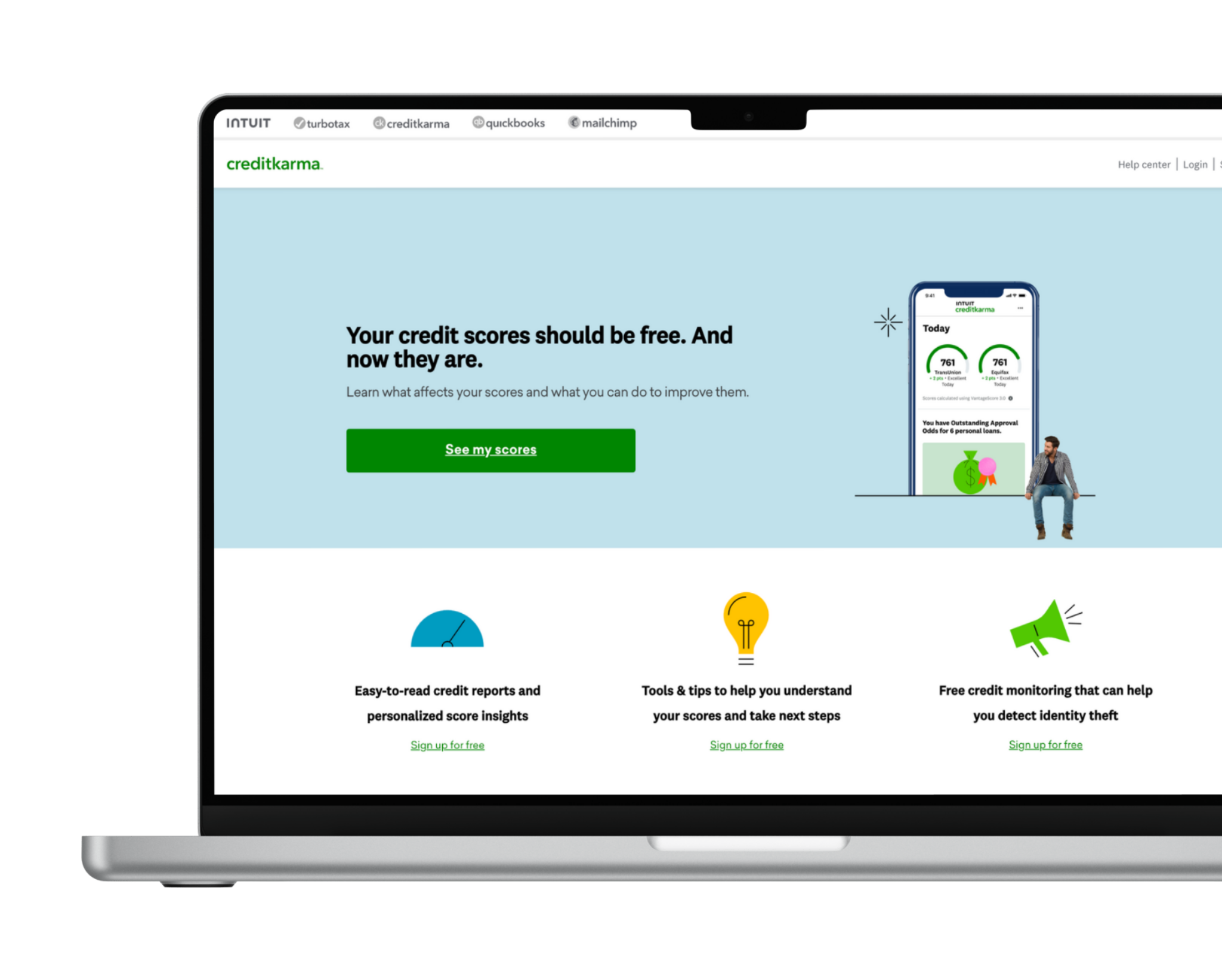
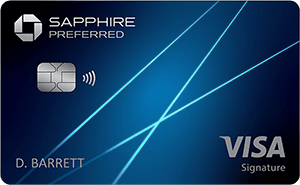
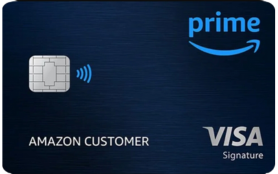
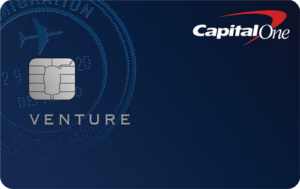




 by your friends at The Daily Navigator
by your friends at The Daily Navigator

